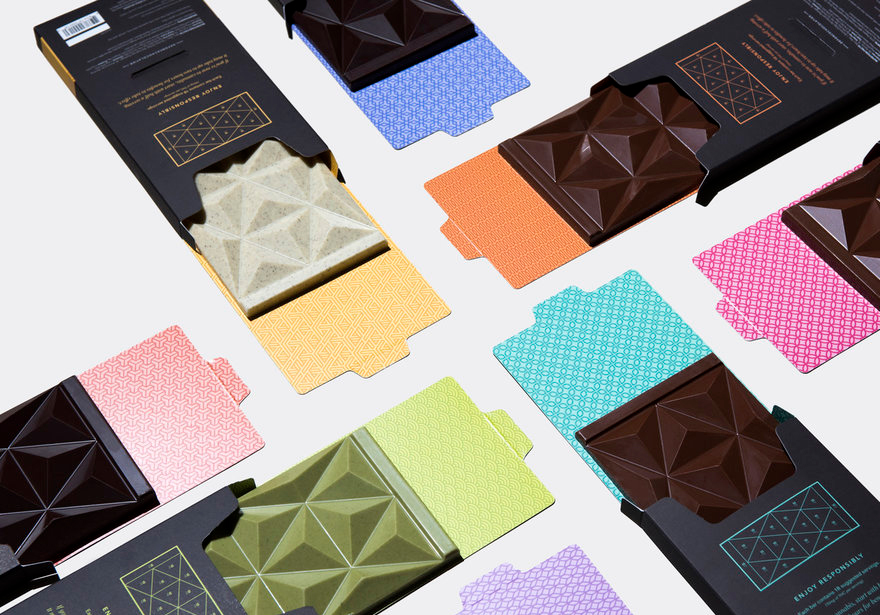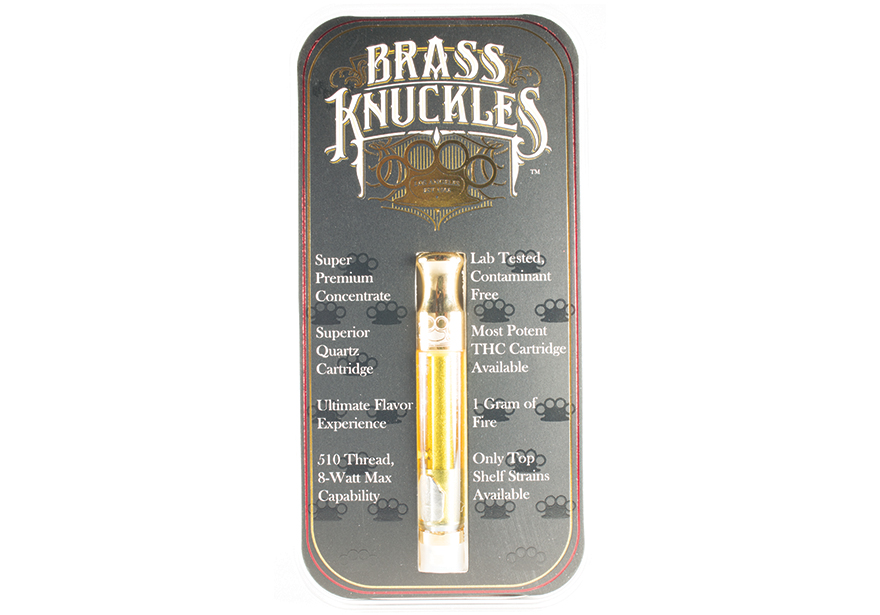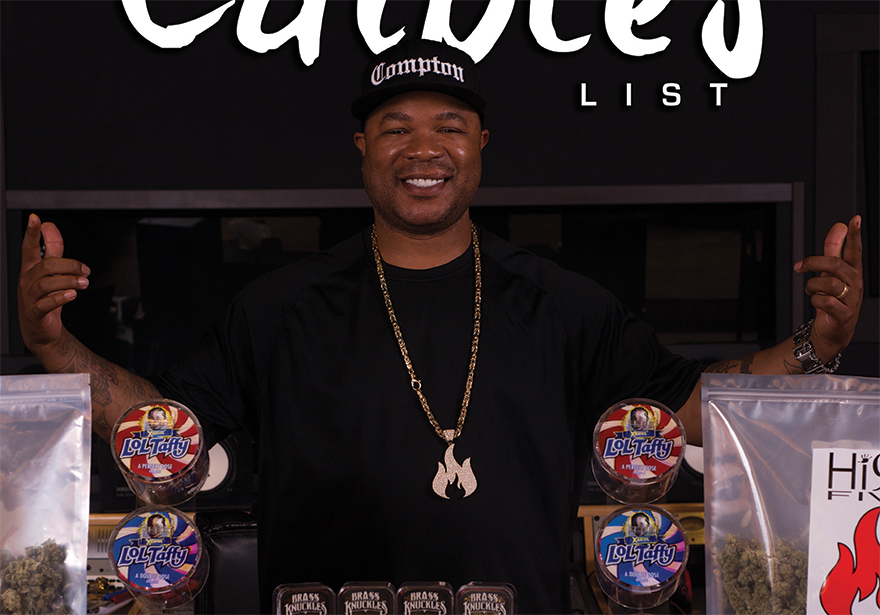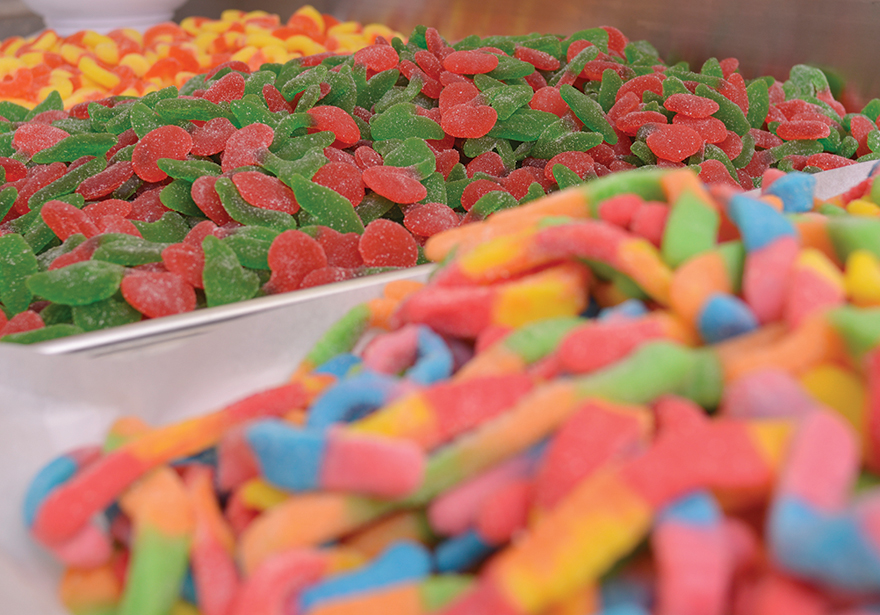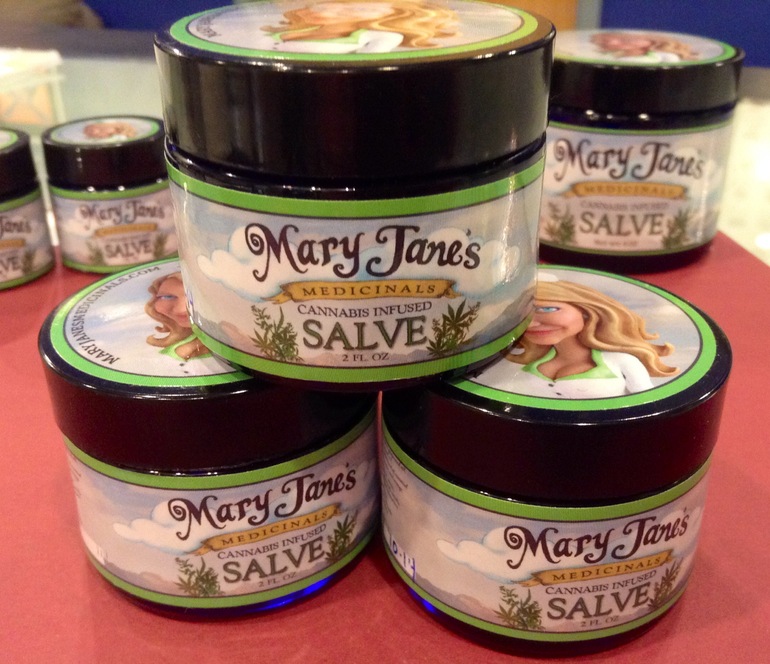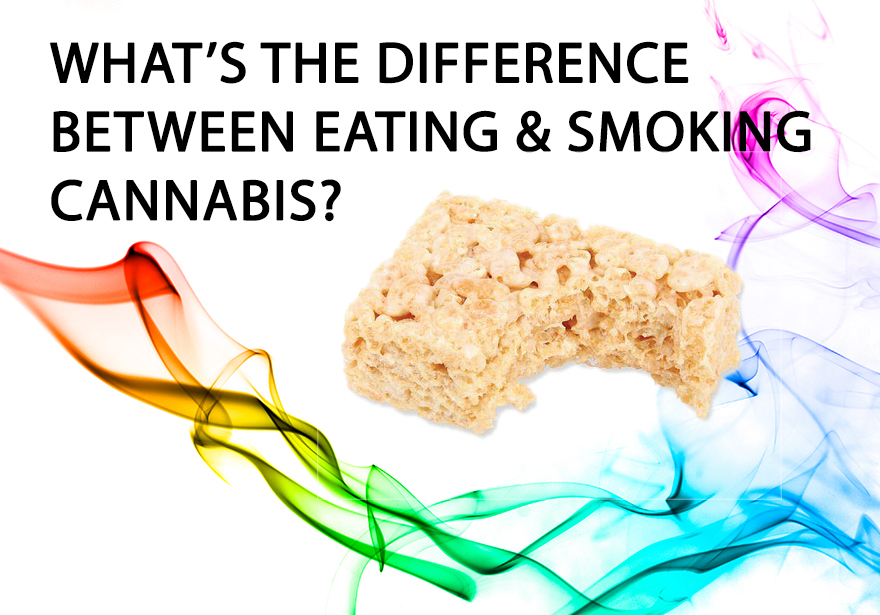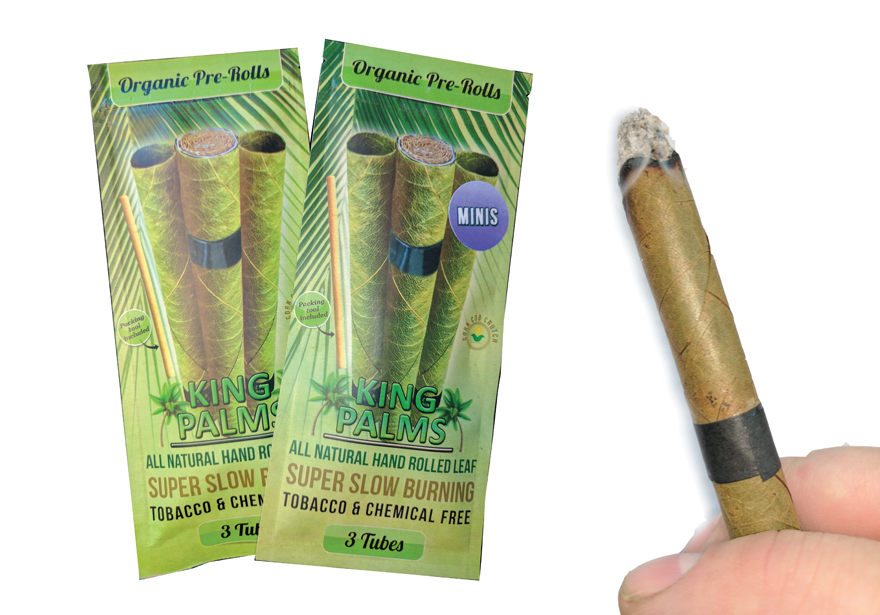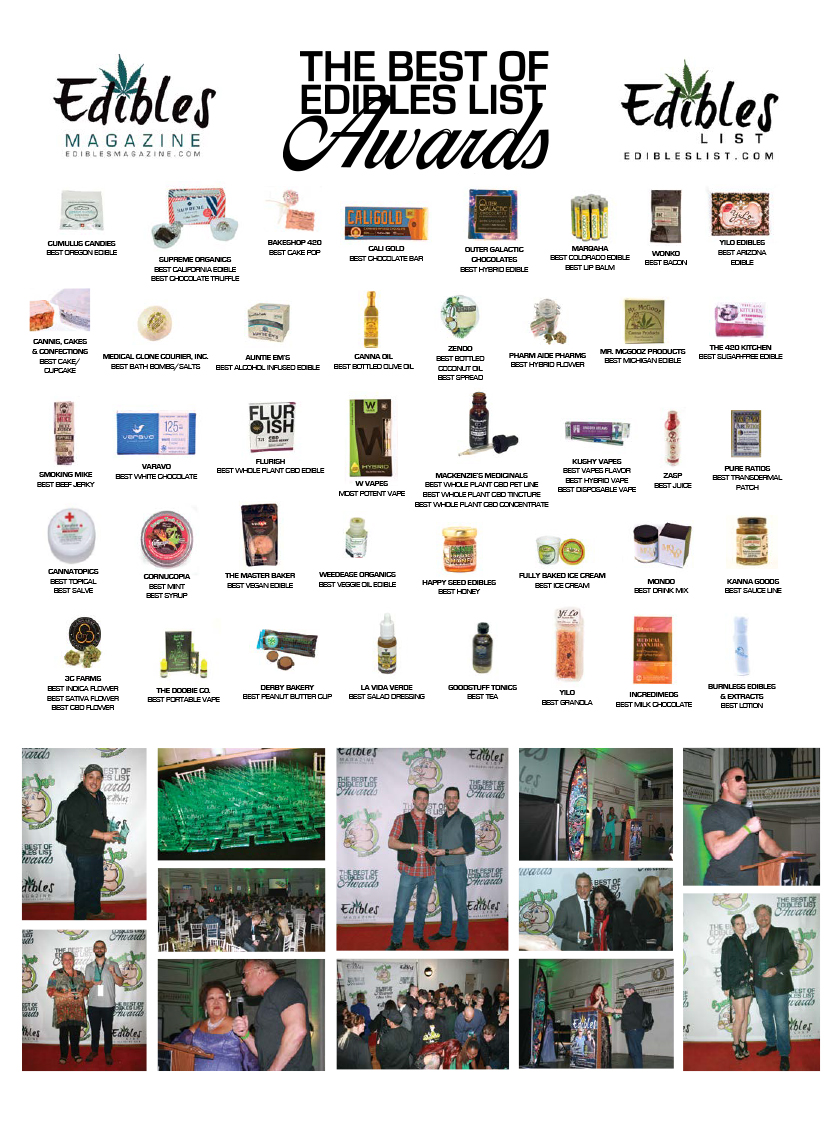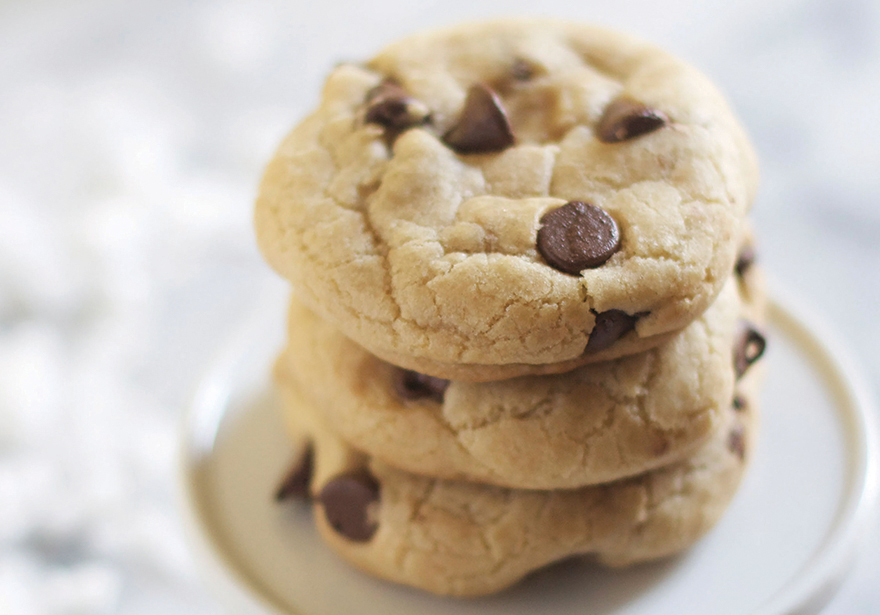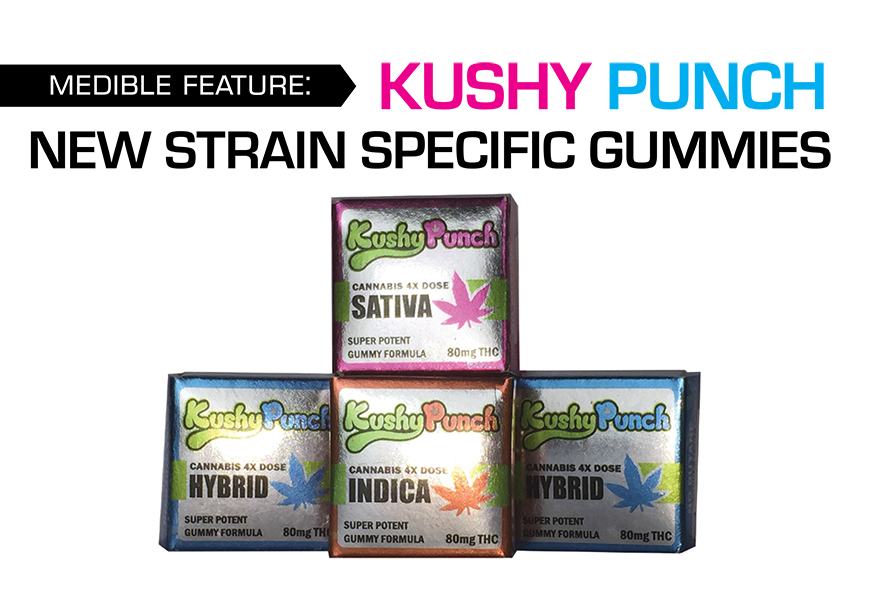There are countless new laws surrounding edibles and how to package them, especially to ensure they are not accessible to children or that they’re in opaque containers and are labelled properly. These guidelines are all to protect the consumer – but what about protecting the food itself from outside elements? Almost all foods are perishable but the rate at which they perish is related to their exposure to light, air and moisture. Protecting your food products from the harsh elements of the world is crucial to guarantee a longer shelf life and fresh tasting products.
Let’s start with a basic brownie to get an understanding of how it can “go bad”. A brownie is typically high in sugar and moisture (from the milk, eggs and water used to bake it). You want to retain that nice moist texture and make sure it does not dry out in flimsy packaging. A thick foiled package or sealed plastic container can help ensure that the brownie does not dry out and become crumbly. Sometimes a brownie may be lower in sugar, which makes it more susceptible to yeast and mold. You can reduce the chances of it getting moldy by making it in a clean environment and using thick packaging that won’t let in any dust or microscopic bacteria. Of course you should always conduct a shelf life study on your baked goods to see how long they stay fresh and mold free at room or refrigerated temperatures.
What about nuts and granola snacks? Nuts are high in fat and even oats and other cereal grains have some fat in them too, which means they can very quickly go rancid if they are exposed to air and high temperatures. Always package high fat ingredients in tightly sealed containers that allow in minimal light and air. Think of those packages of nuts in the supermarket that make that “ssssssssth” sound when you pull back the foil seal. That’s done to see that no air gets to the nuts before the consumer opens the package. If you package your nuts in flimsy bags or ziplock plastic bags, you will have a shorter shelf life and risk having the product go bad. To extend the shelf life further, store any nut based products in a freezer until distributed to a dispensary.
Infused oils are very susceptible to rancidity and ruined flavors and should always be packaged in dark colored bottles to keep out the light and stored at cooler temperatures. Just like regular oil that you buy at the store might go bad fairly quickly, so can your THC infused oils. It should be noted that nut oils such as almond or walnut oil go rancid extremely quickly, whereas coconut oil tends to last longer and be more shelf stable.
All edible products regardless of the type or form should be subjected to a thorough and complete shelf life study before being sold to dispensaries. A quality and safety shelf life study should be conducted in appropriate packaging and done over a time period that reflects the actual shelf life of the product. A shelf life study should include pathogen testing, spoilage bacteria analysis as well as evaluating for rancidity, moisture content and water activity.
For more information on how to conduct a food shelf life study, check out: www.cannabisculinologist.com
Rachel Zemser

